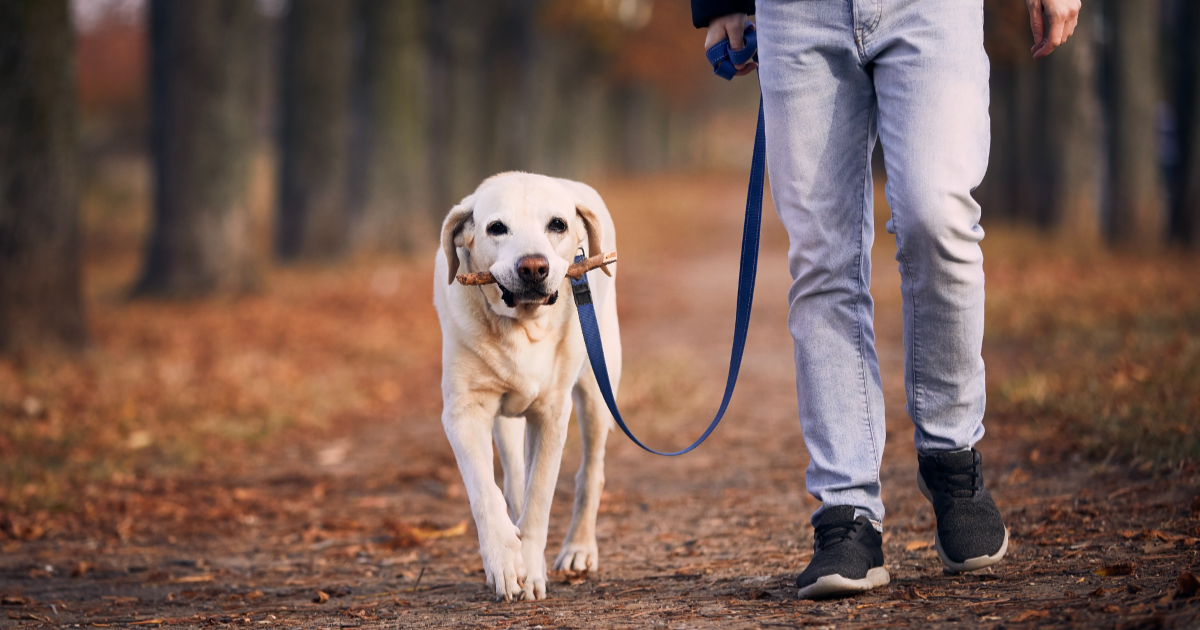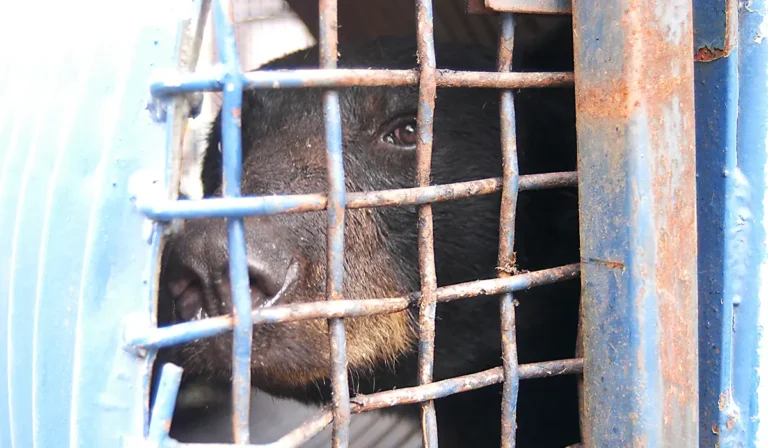
Photo by Chalabala / Getty Images
Trapping seasons open legally across Canada as fall turns to winter, and with a lack of inspections, required signage, and setbacks from public trails, people and pets remain at risk.
Despite calls from The Fur-Bearers, advocates, and those who have suffered greatly from trapping incidents, common-sense updates to trapping regulations have not occurred in most jurisdictions. Leg-hold traps, killing and restraining snares, and other body-gripping traps can be placed just feet from publicly accessible trails with no warning signs necessary; these conditions have played a role in a number of domestic animals injured or killed by traps every year.
The Fur-Bearers continues to push for these changes that will, at a minimum, help prevent the needless suffering and deaths of domestic animals. But traps remain a real threat to outdoor enthusiasts. Here’s five ways you can keep your family safe while trapping season is ongoing:
- Keep dogs leashed. There are no setbacks or warning sign requirements for trapping, including traps barely off-trail that are baited and set for animals the same size as many domestic dogs. Popular off-leash destinations, such as country back roads or logging roads may have traps set only a few feet from trails or roadways that can instantly cause devastating injury or death. A leash can be your best chance to prevent this.
- Find out if there are local traplines. Contact your local natural resources or fish and wildlife department to inquire about traplines in natural areas you frequent. This will not include trapping on private property, or potentially trapping by a municipality. But active traplines should be registered with government agencies.
- Stay on the trail. Anyone – pets, children, and adults alike – are at risk of off-trail traps. Going off-trail can also disturb sensitive ecosystems, cause behavioural changes in wildlife, and create negative encounters.
- Carry safety tools. If you’re out on a hike or long walk with a furry family member, it’s a good idea to take basic safety items: a functional first aid kit, a pair of wire cutters (in case they get caught in a snare or fencing), and the knowledge of how to release pets from leg-holds (click here) and Conibear-type traps (click here).
- Talk to your friends and family about trapping. Many people simply don’t know that trapping – including leg-hold traps and killing traps like Conibears or snares – are active in Canada, even in common recreational areas. Sharing this article and other content from The Fur-Bearers helps reduce the risks for others by providing essential safety information.
The Fur-Bearers continues to advocate for an end to inherently inhumane commercial trapping, as well as common sense updates to policy that will protect people in the interim. Want to help? Become a Defender! Click here to learn more about the importance of this program and how you can make a difference.
